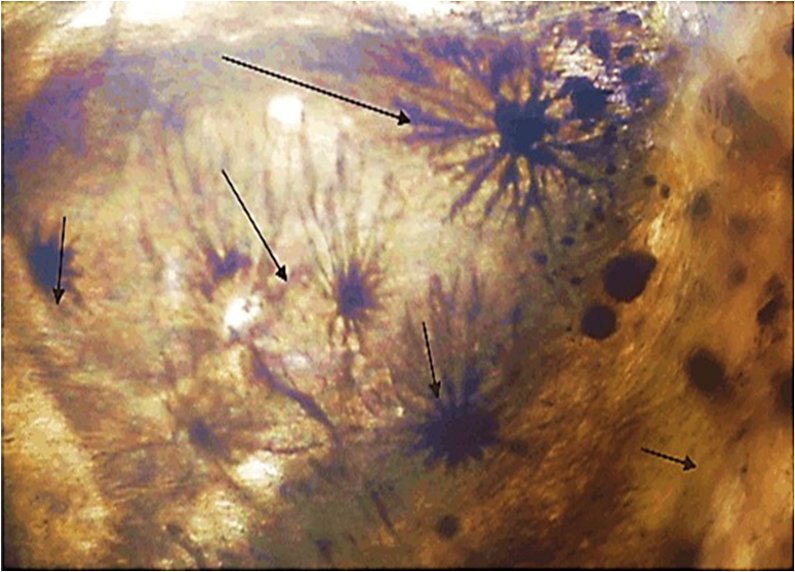- Joined
- Nov 9, 2014
- Messages
- 22,424
- Reaction score
- 34,851
BIG THANKS to Dr. Charlie Gregory for providing these slides/videos. His website can be found here: https://www.aquaveterinarian.com
Also see: Taking a skin scrape
EDIT: Apparently sometimes Velvet trophonts have a rhizoid root-like structure:

Source: http://pubs.sciepub.com/marine/5/1/3/figure/10
Marine Ich (Cryptocaryon irritans)
Marine Velvet Disease (Amyloodinium ocellatum)
Brooklynella hostilis
Uronema marinum
Marine Velvet Disease (Amyloodinium ocellatum)
Brooklynella hostilis
Uronema marinum
Also see: Taking a skin scrape
EDIT: Apparently sometimes Velvet trophonts have a rhizoid root-like structure:

Source: http://pubs.sciepub.com/marine/5/1/3/figure/10
Last edited:

















